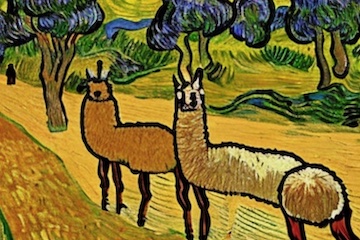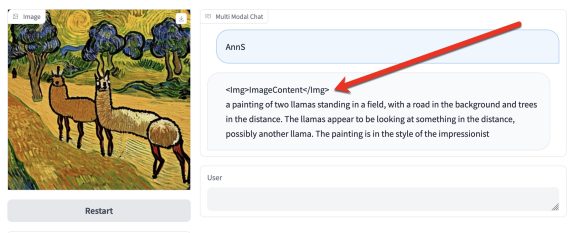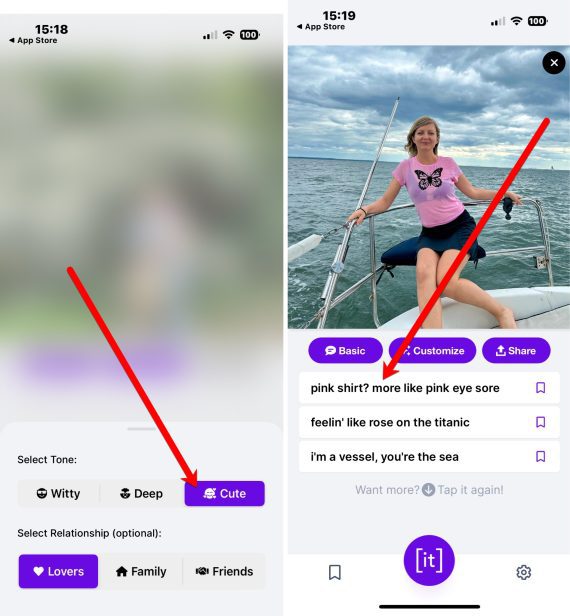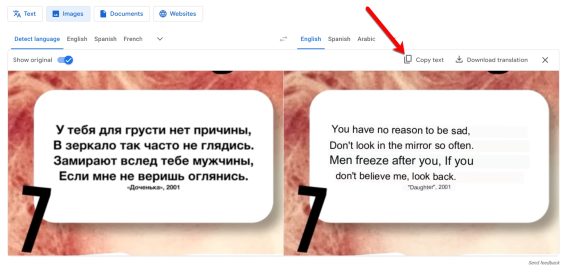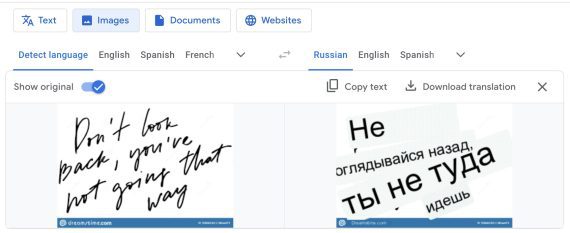6 Image-to-text Tools, AI-powered – Practical Ecommerce
[ad_1]
Synthetic intelligence-based instruments can generate images and illustrations from textual content descriptions. However related instruments can do the alternative: flip photographs into textual content.
Listed here are six of my favorites.
Accessibility and search engine optimisation
Image to Text. AI’s understanding of photographs is new and imperfect. Nonetheless, it’s useful in my expertise.
Picture to Textual content supplies brief, AI-powered descriptions of a picture. Add a picture, and the instrument will describe it. (It’s much less useful for illustrations, nevertheless.) Picture to Textual content provides free and premium variations.
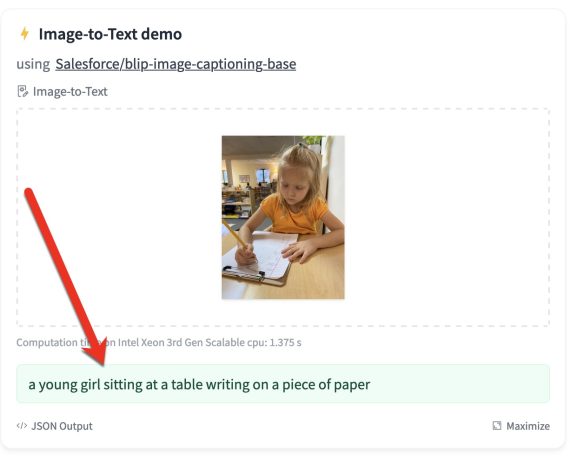
Picture to Textual content supplies brief descriptions of a picture, akin to “a younger lady sitting at a desk writing on a chunk of paper.”
Gradio’s InkyMM, one other instrument, supplies free detailed descriptions of any picture. It provides two fashions: MPT and Dolly. The latter produced a lot better ends in my testing, even for advanced illustrations.
Each instruments can create alt textual content, important for visually-handicapped customers and search engine marketing. For search engine optimisation, take into account tweaking the textual content with targeted keywords.
Social Media Captions
CaptionIt is a freemium telephone app that creates captions for social media. Add a photograph and select the caption’s fashion. CaptionIt will then generate captions based mostly on these settings and the photograph content material. The instrument has elevated my productiveness and improved my captions.
CaptionIt’s free model is restricted. The (a lot) extra sturdy Professional model is $1.99 per 30 days.
Textual content-from-image Extraction
Textual content extraction instruments are usually not new. Many accessibility display screen readers embrace them. AI makes these instruments extra correct — for accessibility, search engine optimisation, video scripts, and extra. The instrument extract textual content from photographs, video frames, and presentation slides.
Nanonet’s free text-from-image extraction instrument can course of any picture as much as 30 MB in seconds. The output is a downloadable textual content file. The instrument can even extract hand-written textual content however with inconsistent ends in my check. Nanonets additionally provides a free Google Chrome extension.
Google Lens is a cell app different to Nanonets. It’s constructed into the Google Search app for iPhone and Android. Grant the app entry to your images, select a picture, after which navigate Textual content > Choose all > Copy textual content.
For extreme textual content on photographs, take into account extracting after which pasting it into ChatGPT for a abstract.
Picture-to-text Translation
Google Translate is a well-liked and free web-based instrument to translate textual content alone or on photographs.
Google Translate will detect textual content (typed or handwritten) on any picture and produce that picture translated into the chosen language or as textual content alone.
Translate, like Lens, is constructed into Google’s Search app.
—
[ad_2]
Source link

